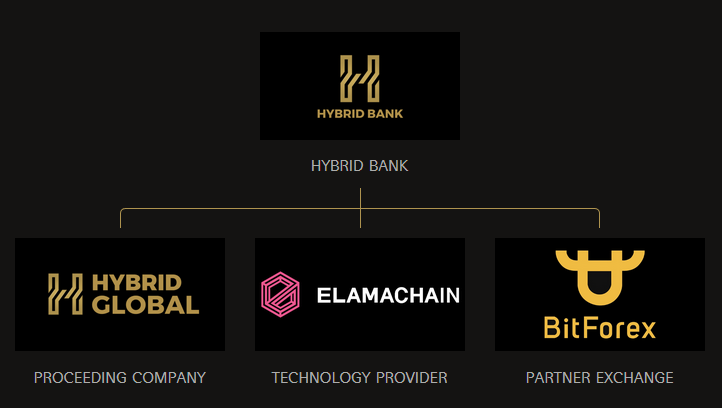What Is Blockchain Interoperability And How Does It Improve Defi
Imagine a world where you can seamlessly move between different social media platforms, sharing content and interacting with friends across various networks without having to start from scratch each time. Sounds like a dream come true, right? The same concept is now being applied to the world of blockchain technology, where different platforms can communicate and interact with each other, opening up a whole new realm of possibilities. This concept is known as blockchain interoperability, and it’s about to revolutionize the way we think about decentralized finance (DeFi).

- Opening The Doors To Seamless Transactions: Unraveling Cryptocurrency Liquidity
- Demystifying The World Of Cryptocurrency A Deep Dive Into Proof Of Stake
- Unlocking The Potential Of Decentralized Lending: A Beginner’s Guide To Earning Crypto Interest
- How Decentralized Finance Defi Is Changing The Financial Industry
- Evaluating The Blueprint: A Step-by-Step Guide To Assessing A Cryptocurrency Project’s Whitepaper
In the current state of blockchain technology, different platforms are like isolated islands, each with their own unique features and strengths. While this can be beneficial in some ways, it also creates a fragmented ecosystem where users have to choose which platform to use and are often limited by the platform’s capabilities. Blockchain interoperability changes this by allowing different platforms to communicate and share data with each other, creating a seamless and interconnected experience.
So, how does blockchain interoperability improve DeFi? Think about it like this: Imagine you have assets on one blockchain platform, but you want to use a financial service that’s only available on another platform. Without interoperability, you’d have to transfer your assets to the new platform, which can be time-consuming, expensive, and even risky. With interoperability, you can use your assets across different platforms, accessing a wider range of services and opportunities.
Here are a few ways blockchain interoperability is improving DeFi:
-
Increased access to financial services: With interoperability, users can access financial services across different platforms, without having to transfer their assets or create new accounts. This opens up a world of possibilities for users who may not have had access to these services before.
-
Improved scalability: Interoperability allows for the creation of more complex and scalable financial systems, as different platforms can work together to create more robust and efficient networks.
-
Enhanced security: By allowing different platforms to communicate and share data, interoperability creates a more secure ecosystem, as users can take advantage of the security features of multiple platforms.
-
New business opportunities: Interoperability creates new opportunities for businesses to innovate and provide financial services across different platforms, opening up new revenue streams and growth opportunities.
But how does it all work? There are a few different approaches to blockchain interoperability, including:
-
Sidechains: Sidechains are like bridges between different blockchain platforms, allowing for the transfer of assets and data between chains.
-
Cross-chain bridges: Cross-chain bridges are similar to sidechains, but they connect multiple blockchain platforms, creating a network of interconnected chains.
-
Interoperability protocols: Interoperability protocols are software platforms that enable different blockchain platforms to communicate and share data with each other.
